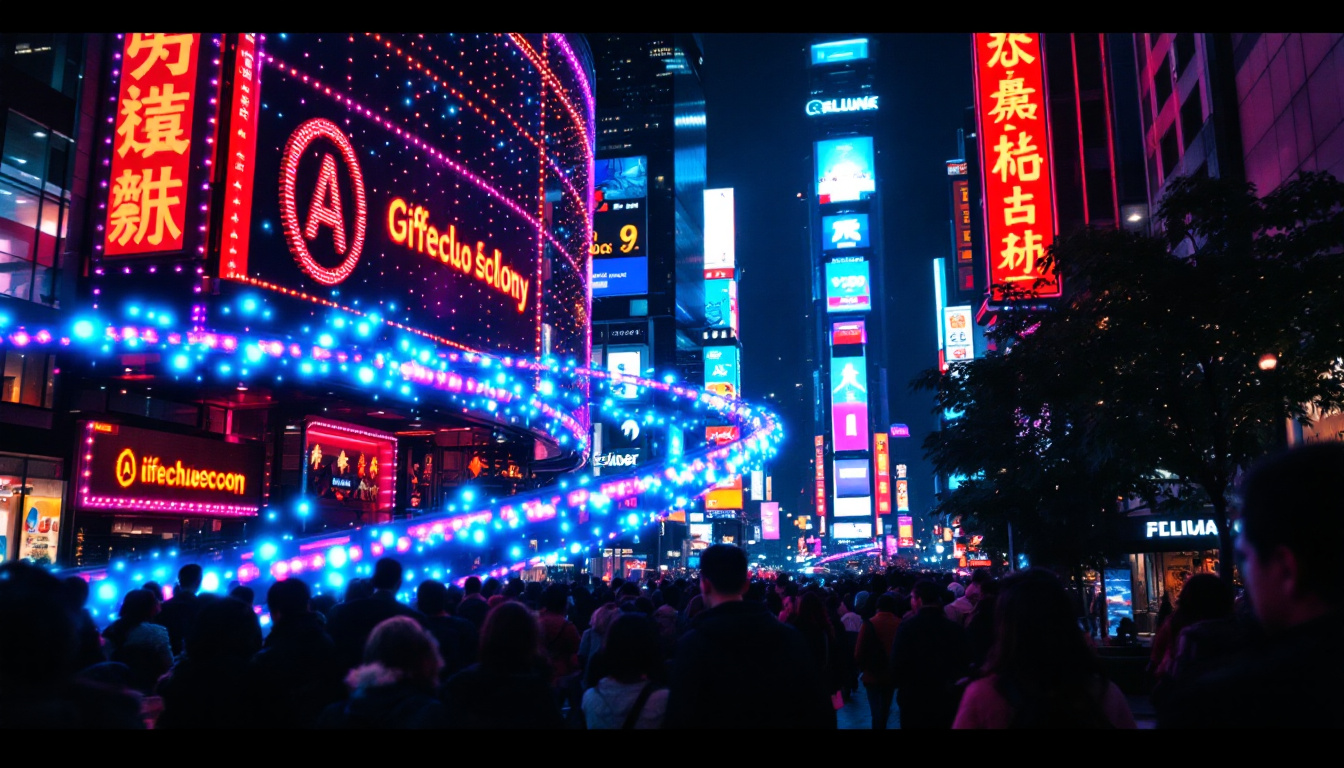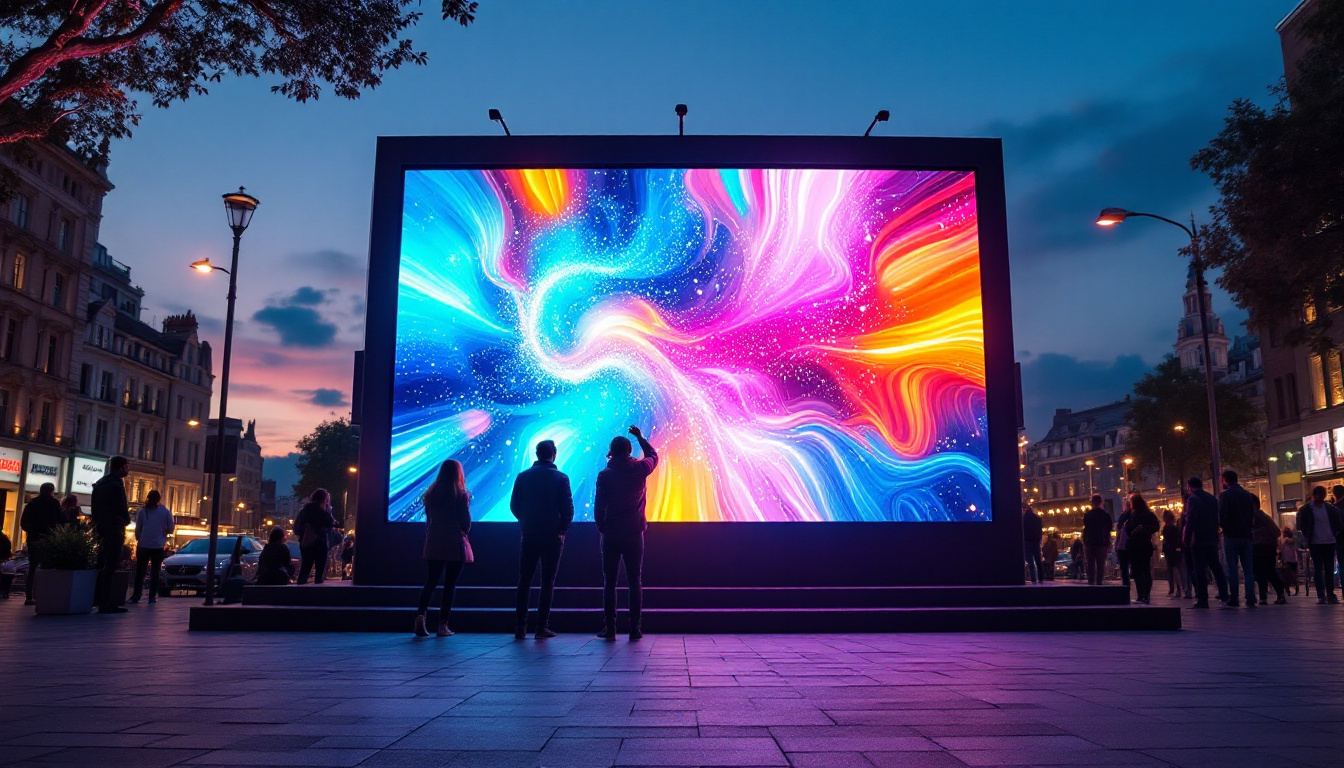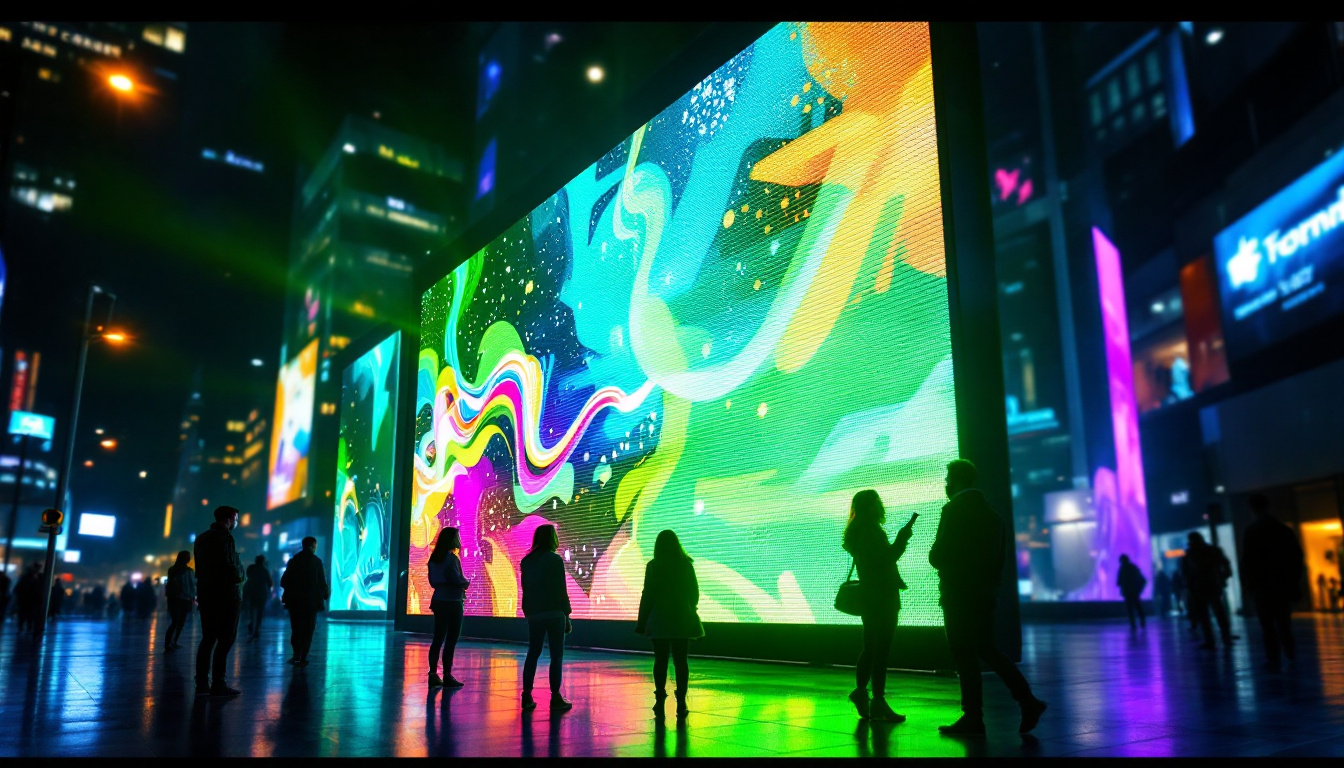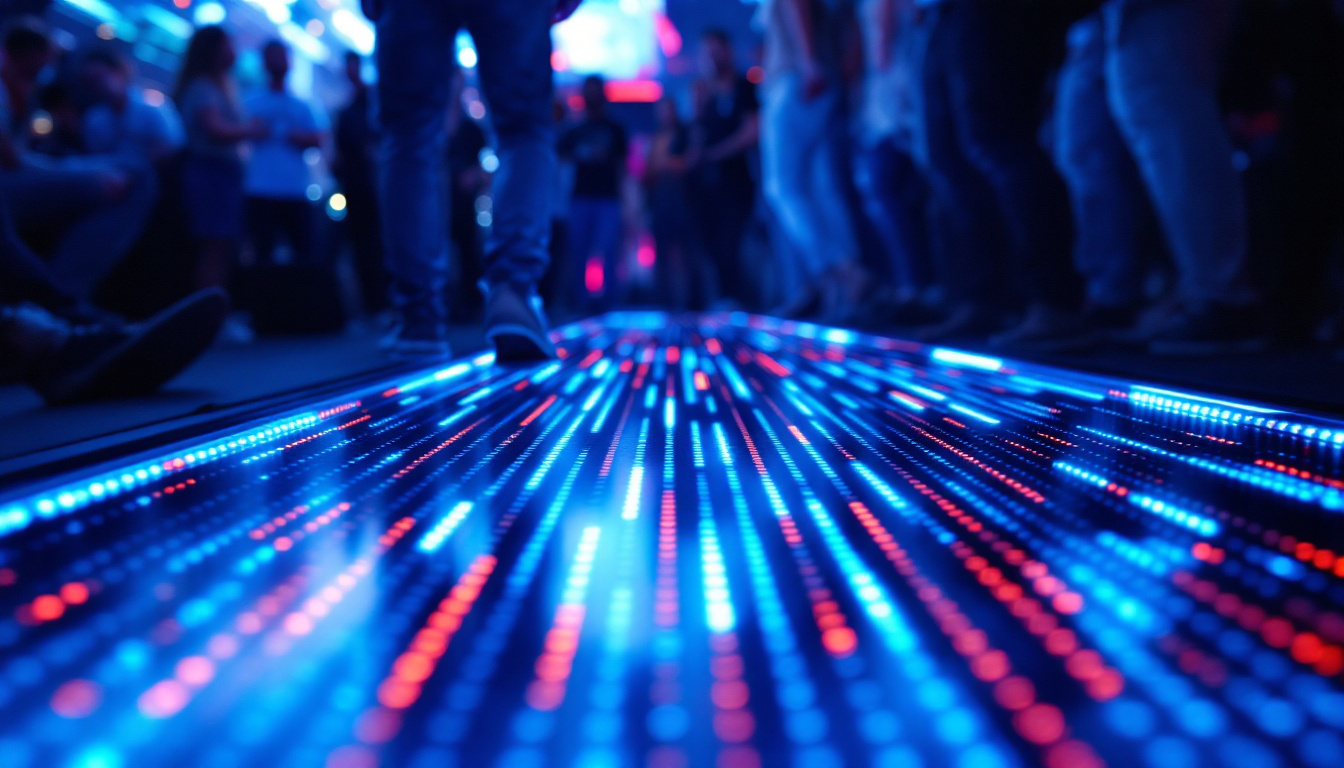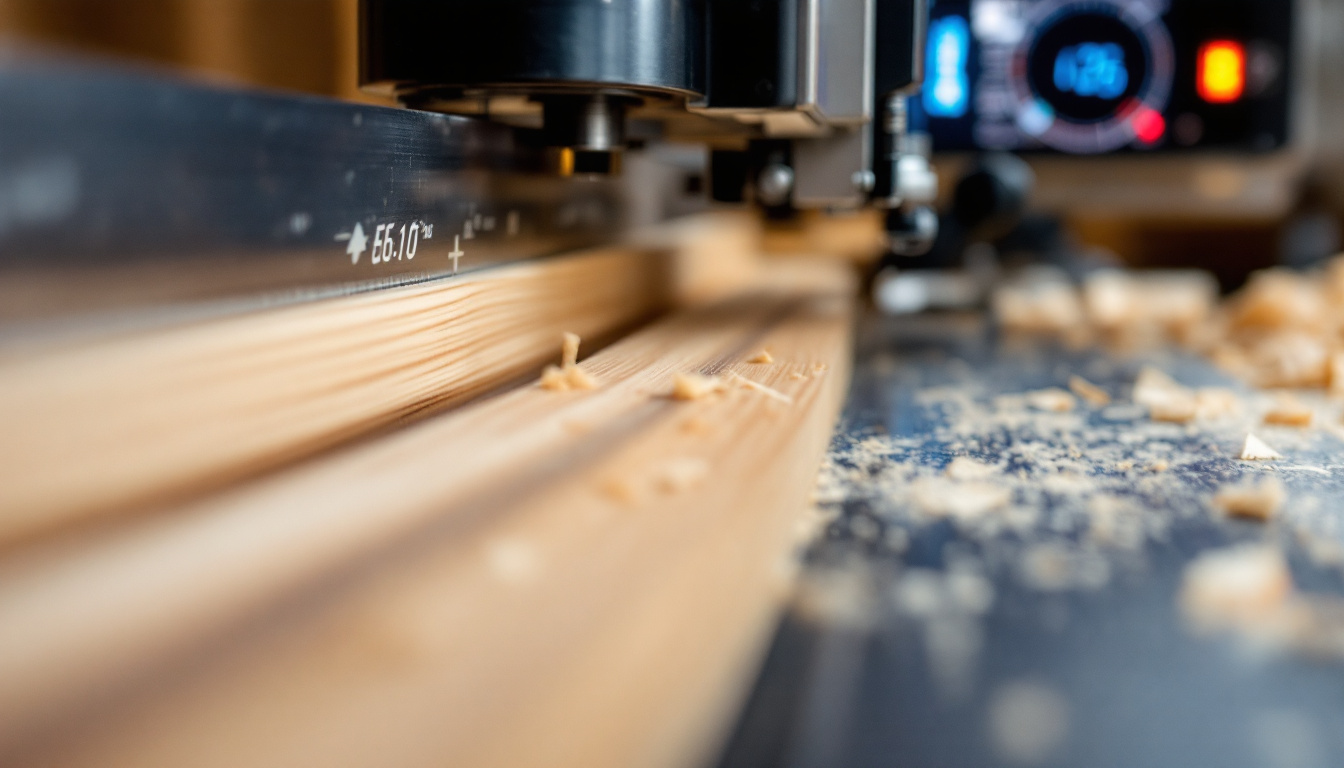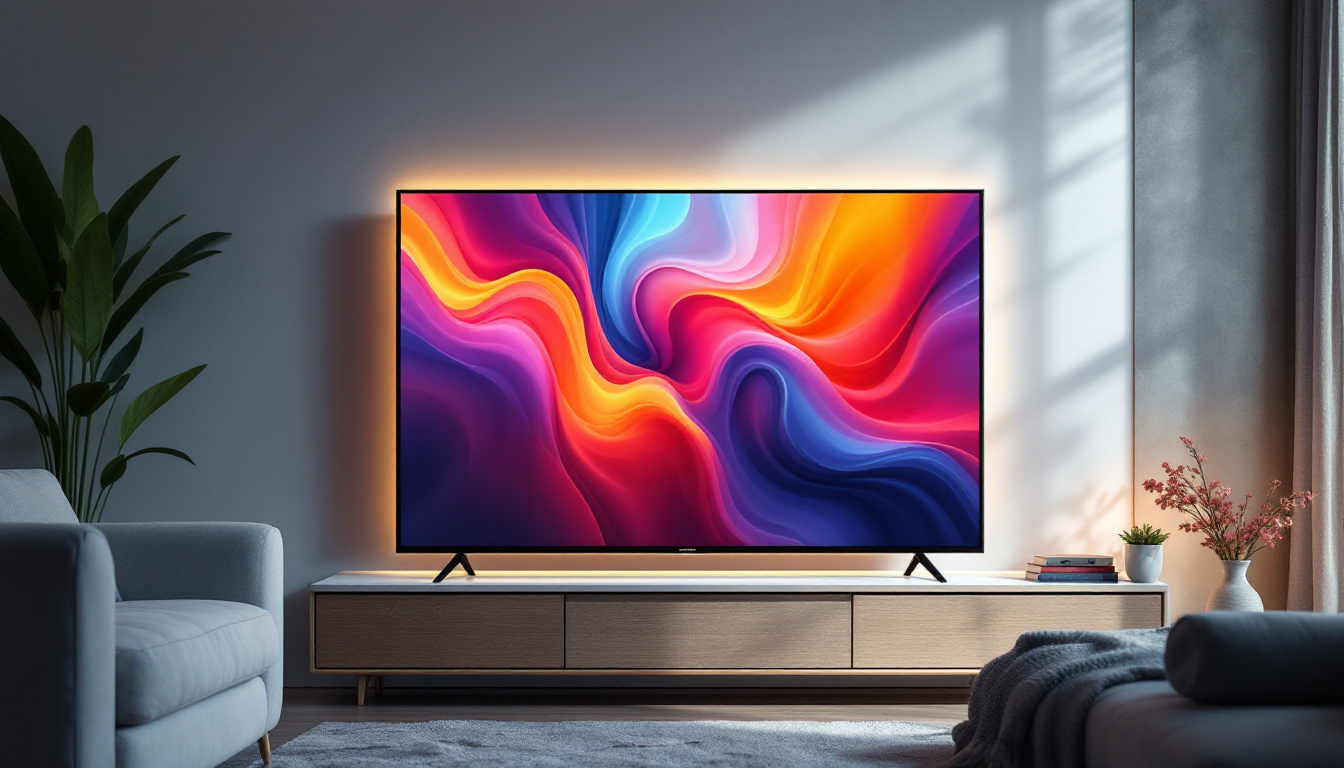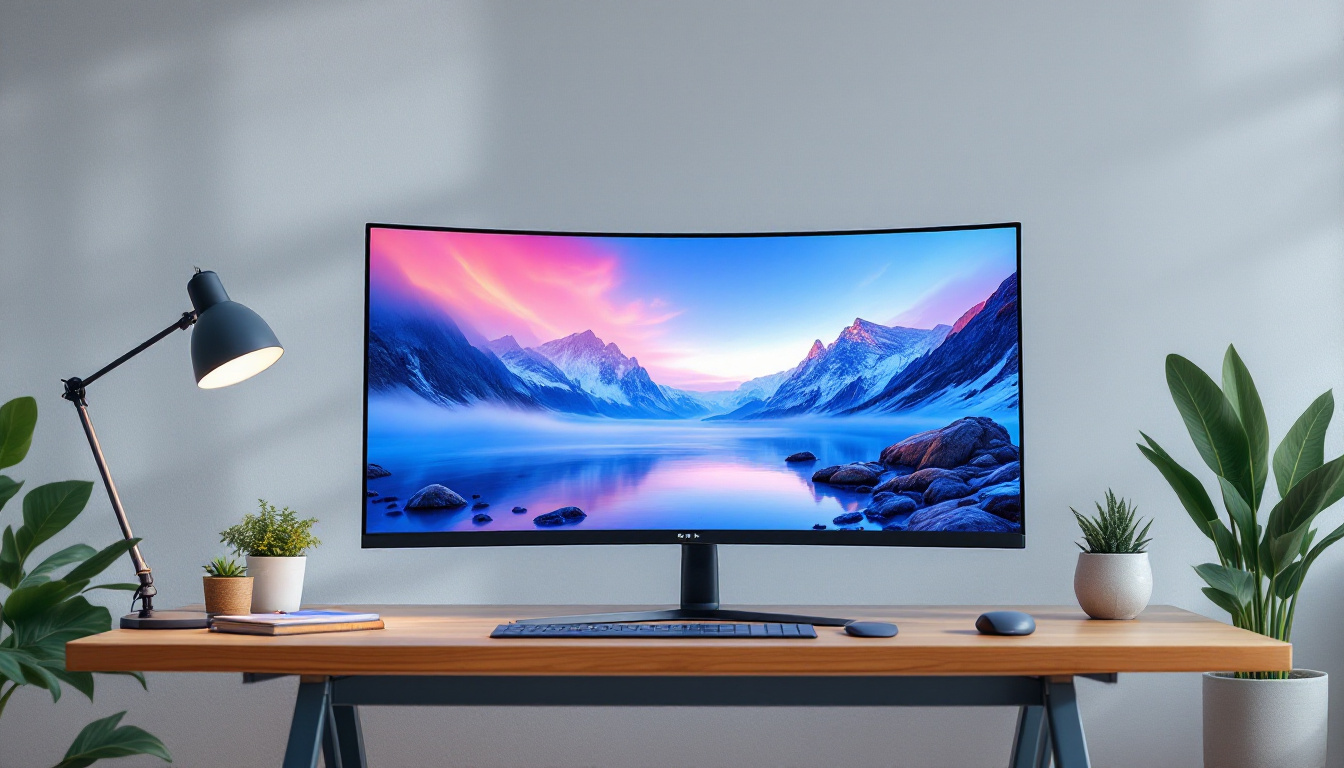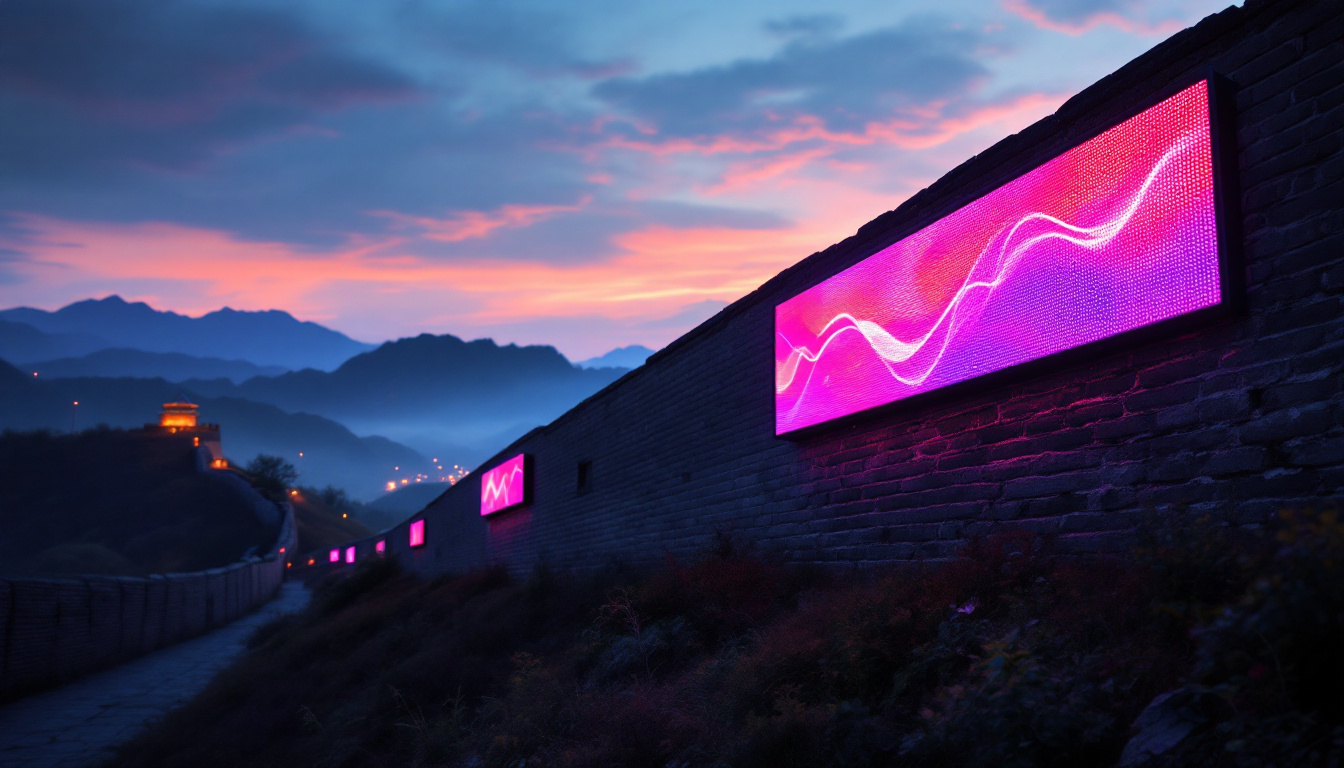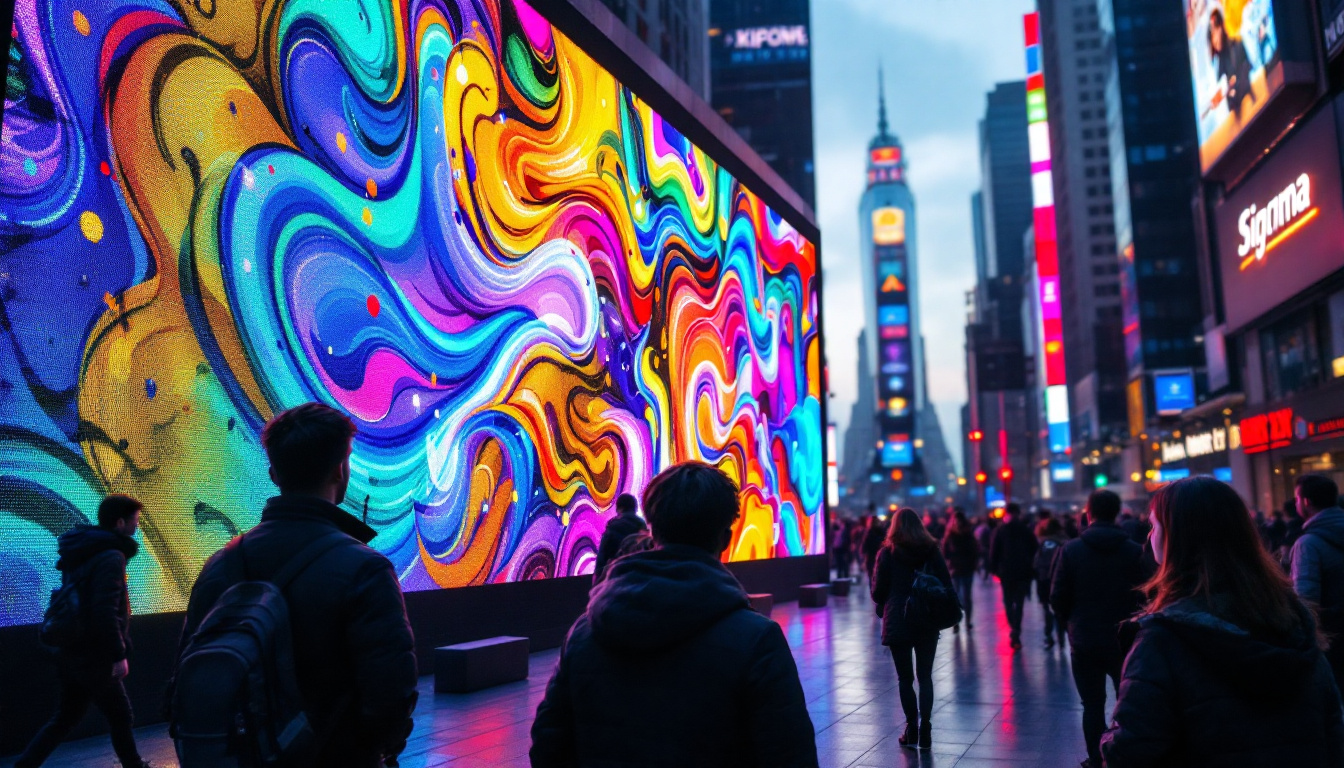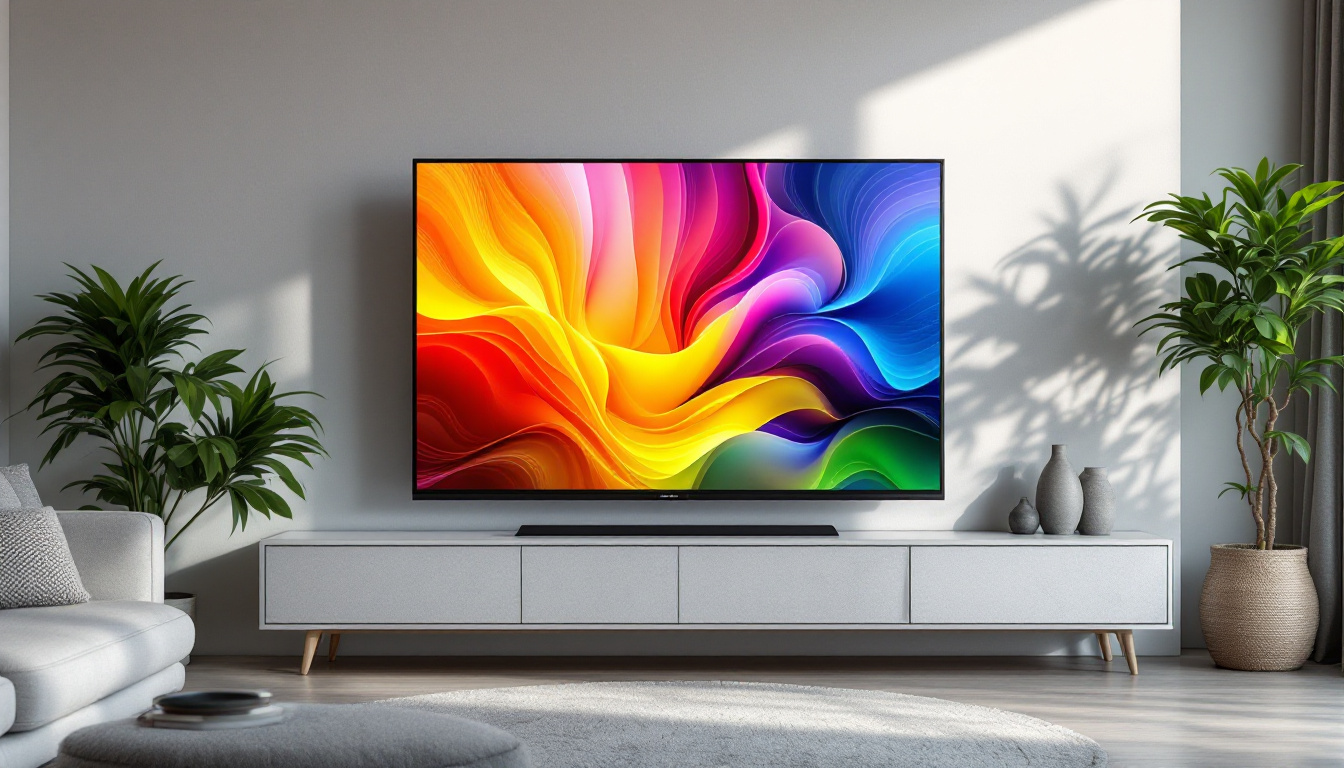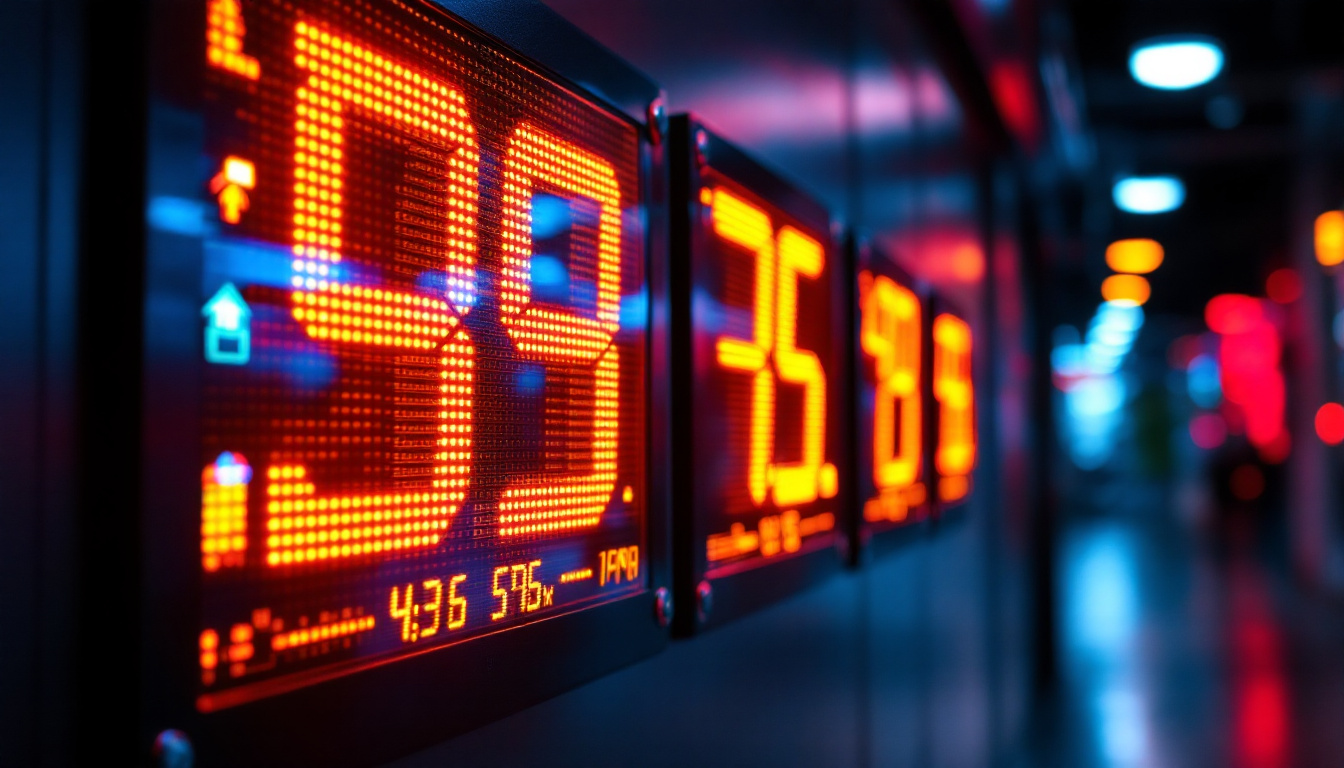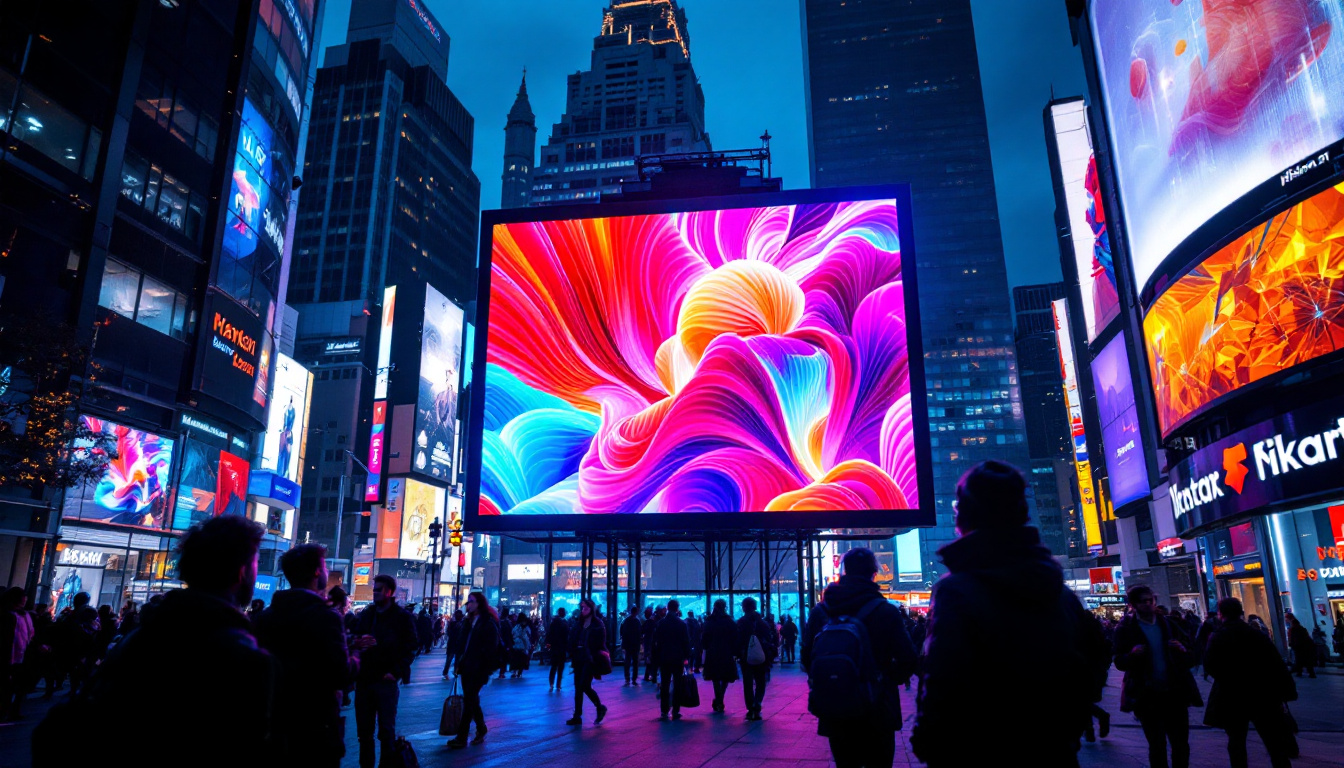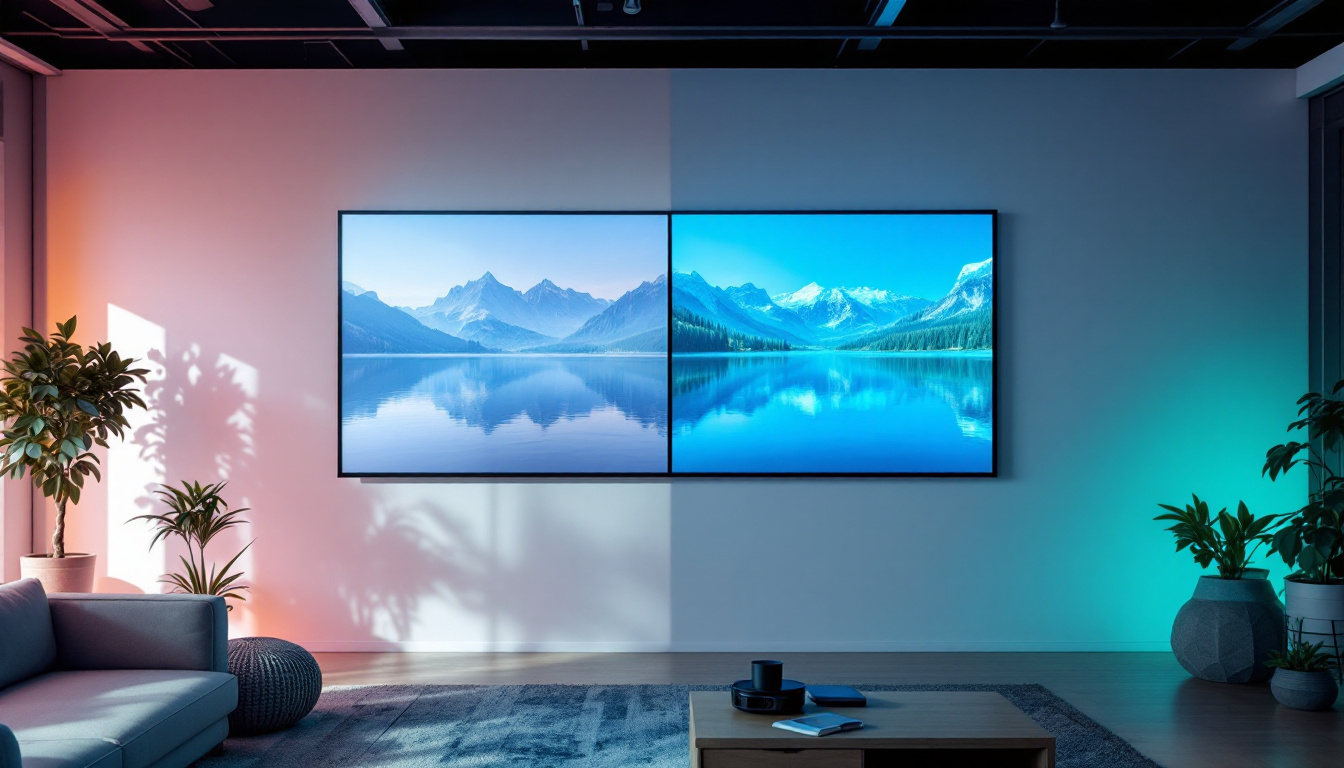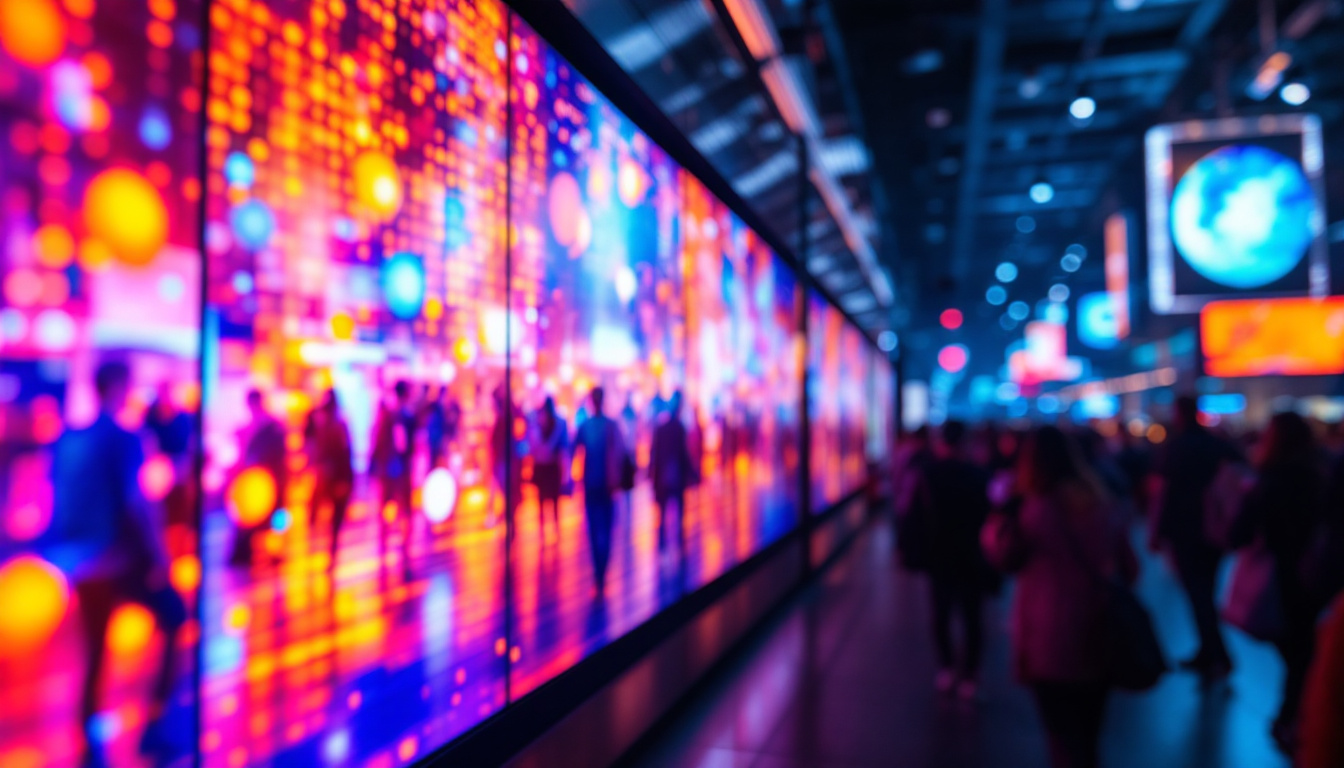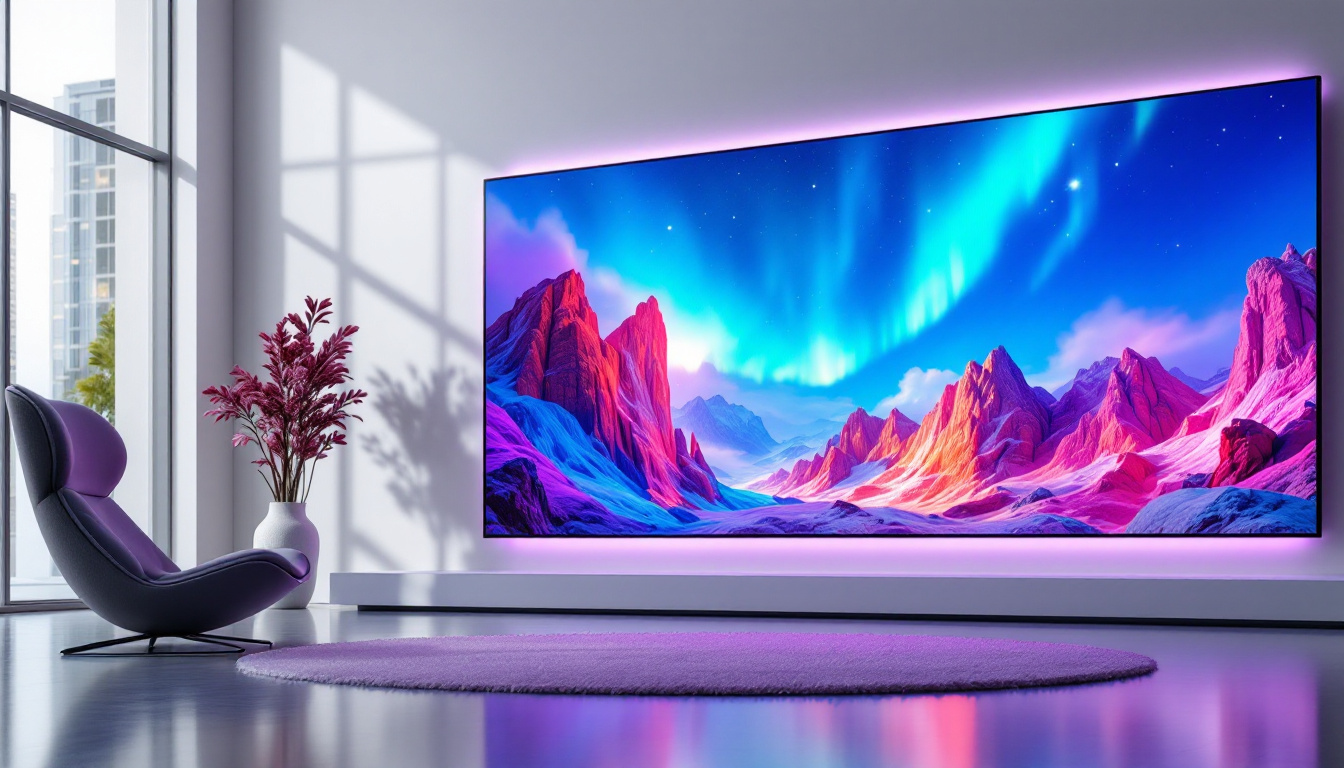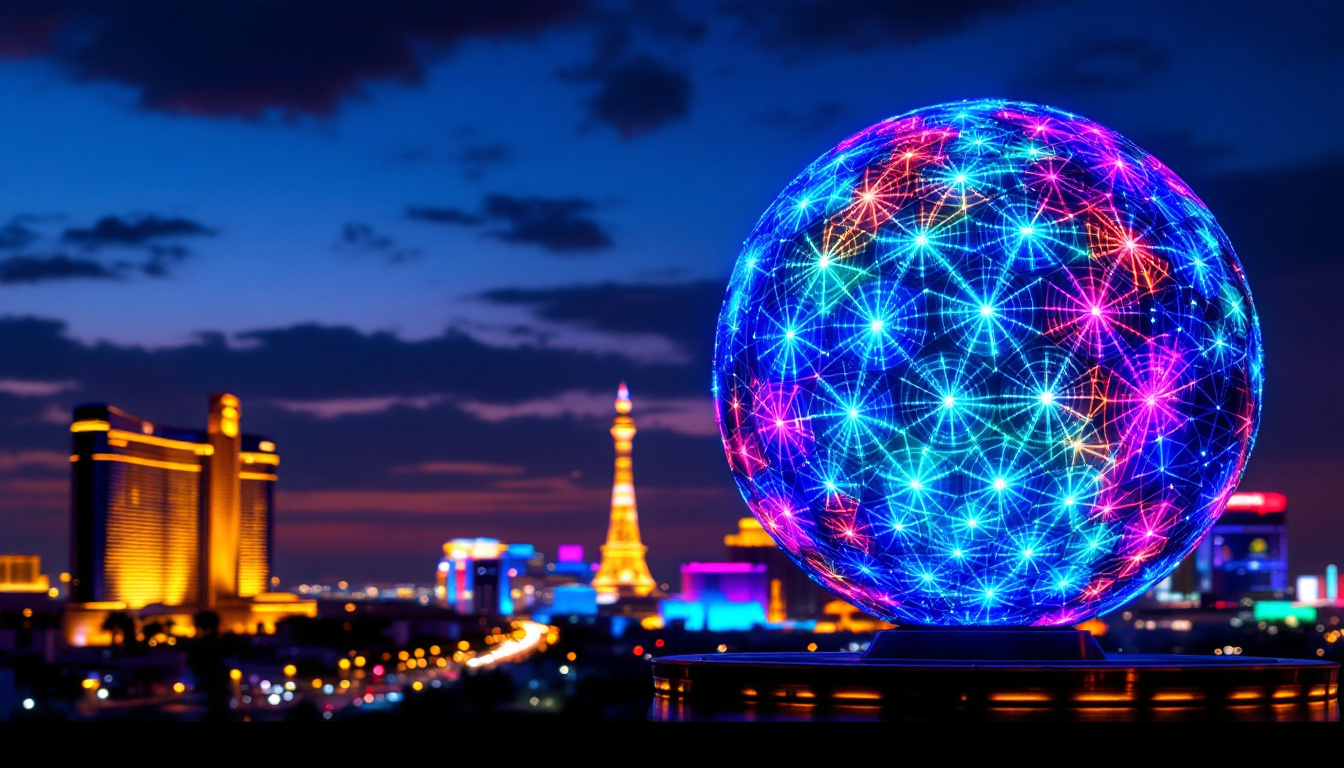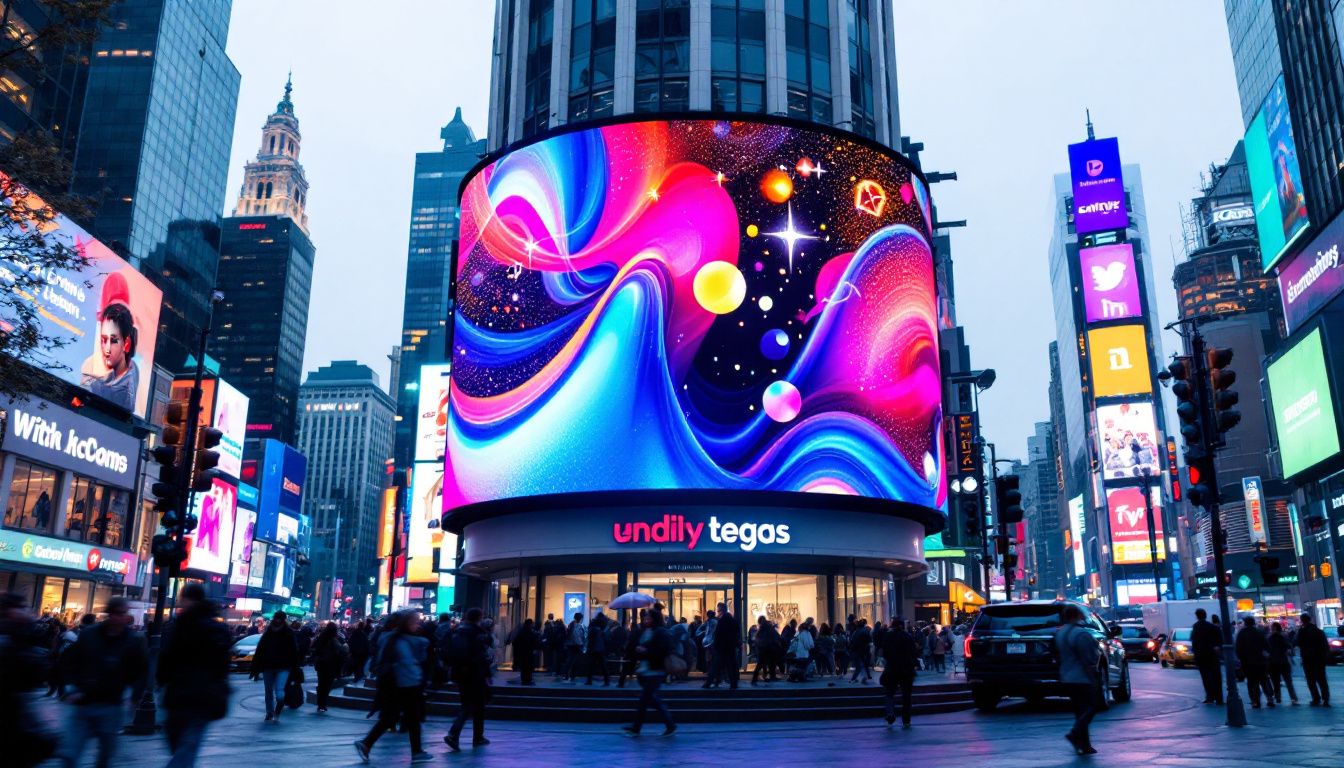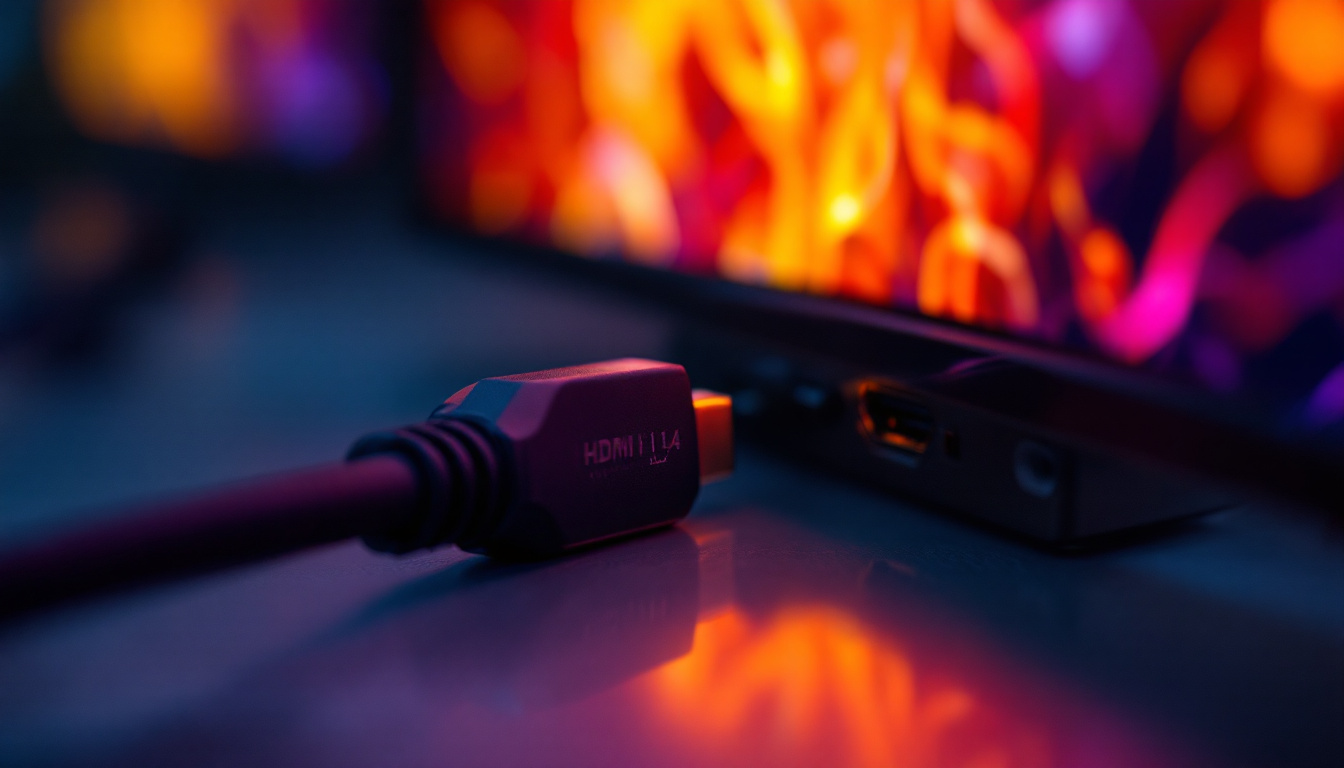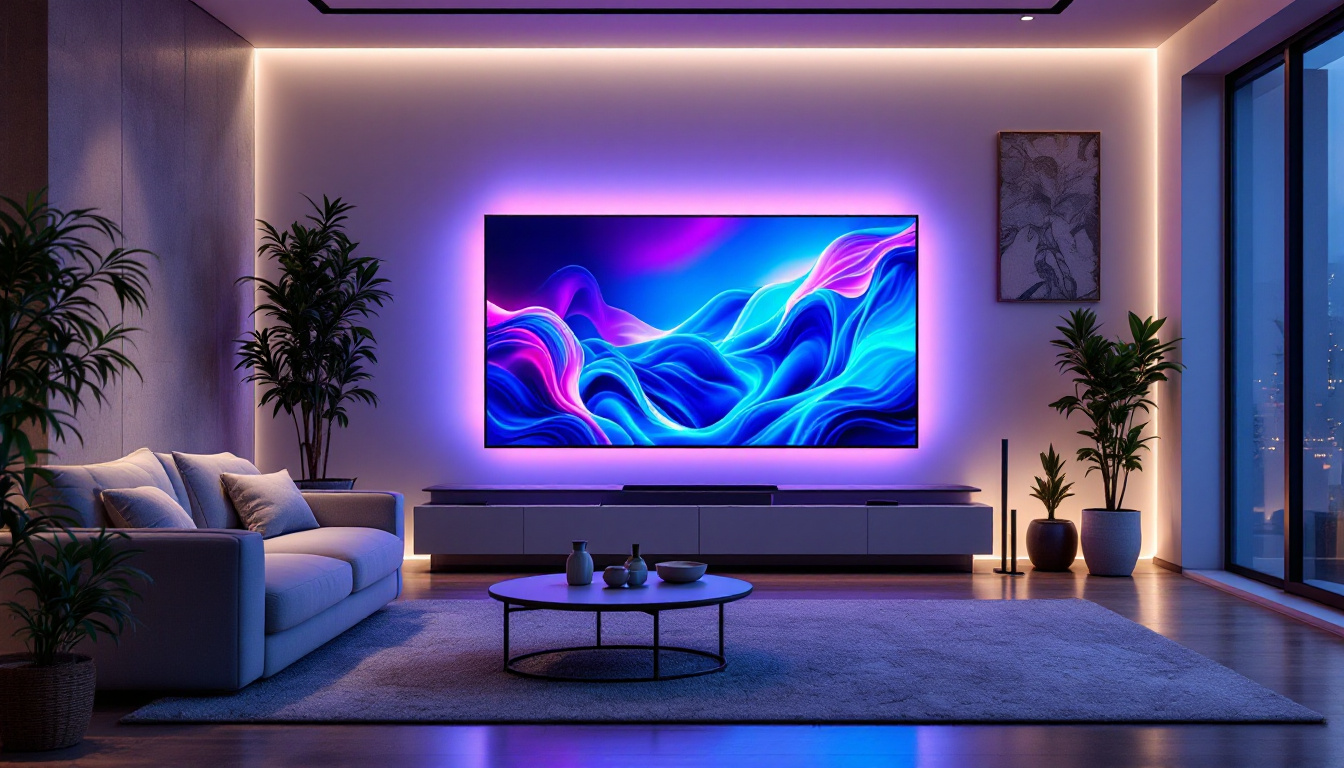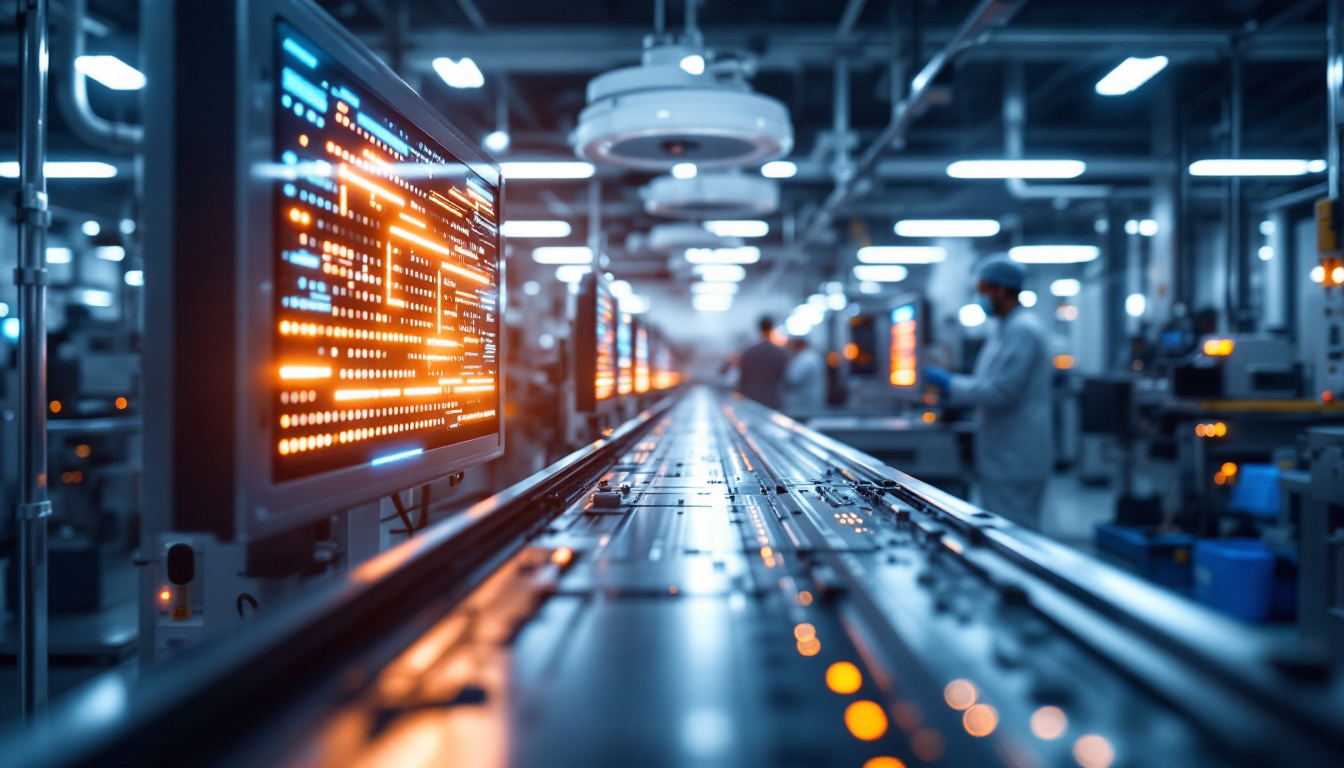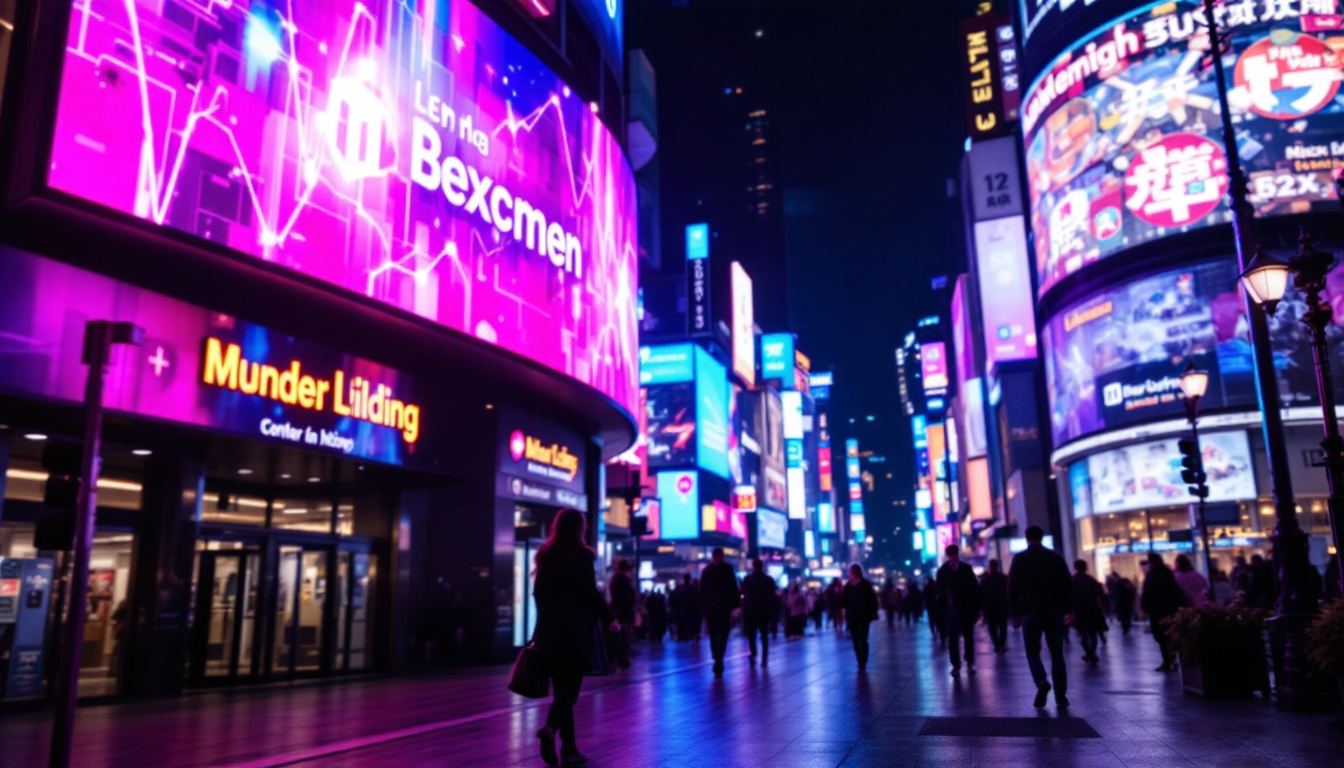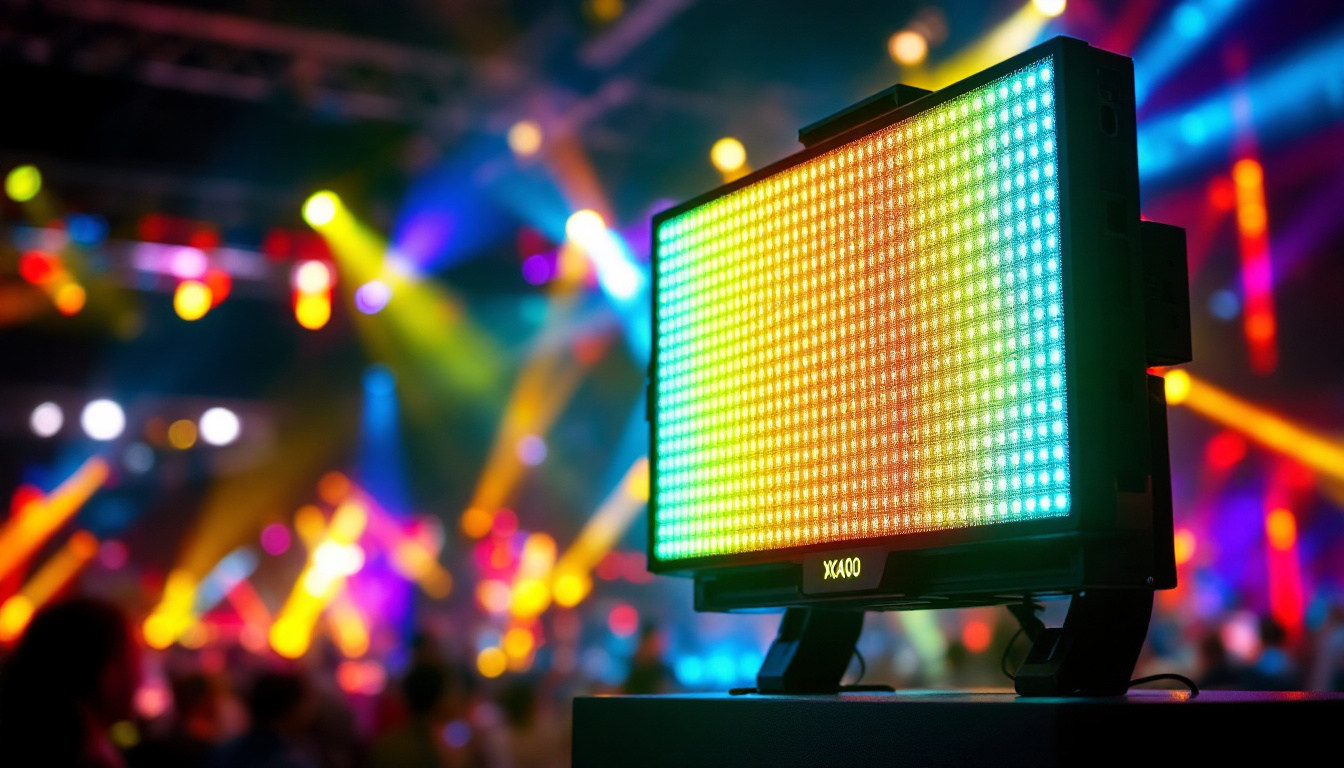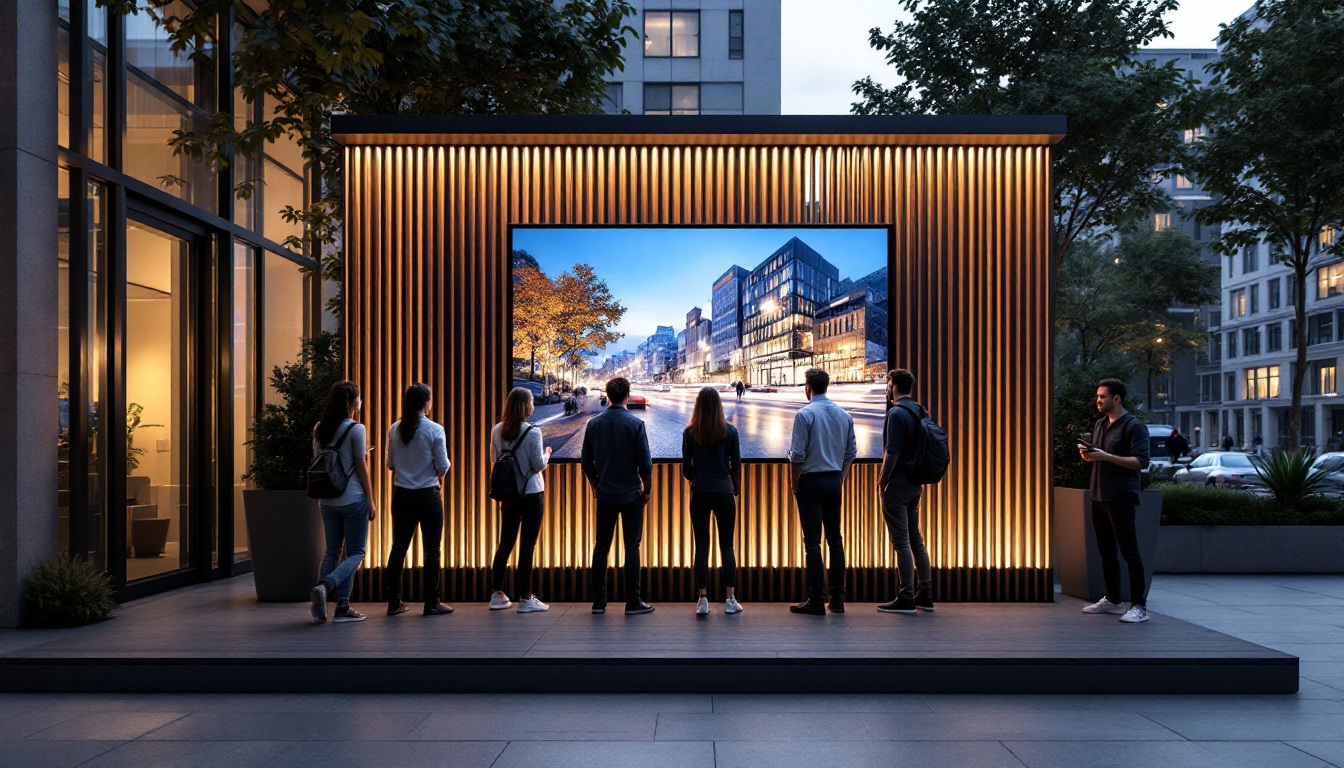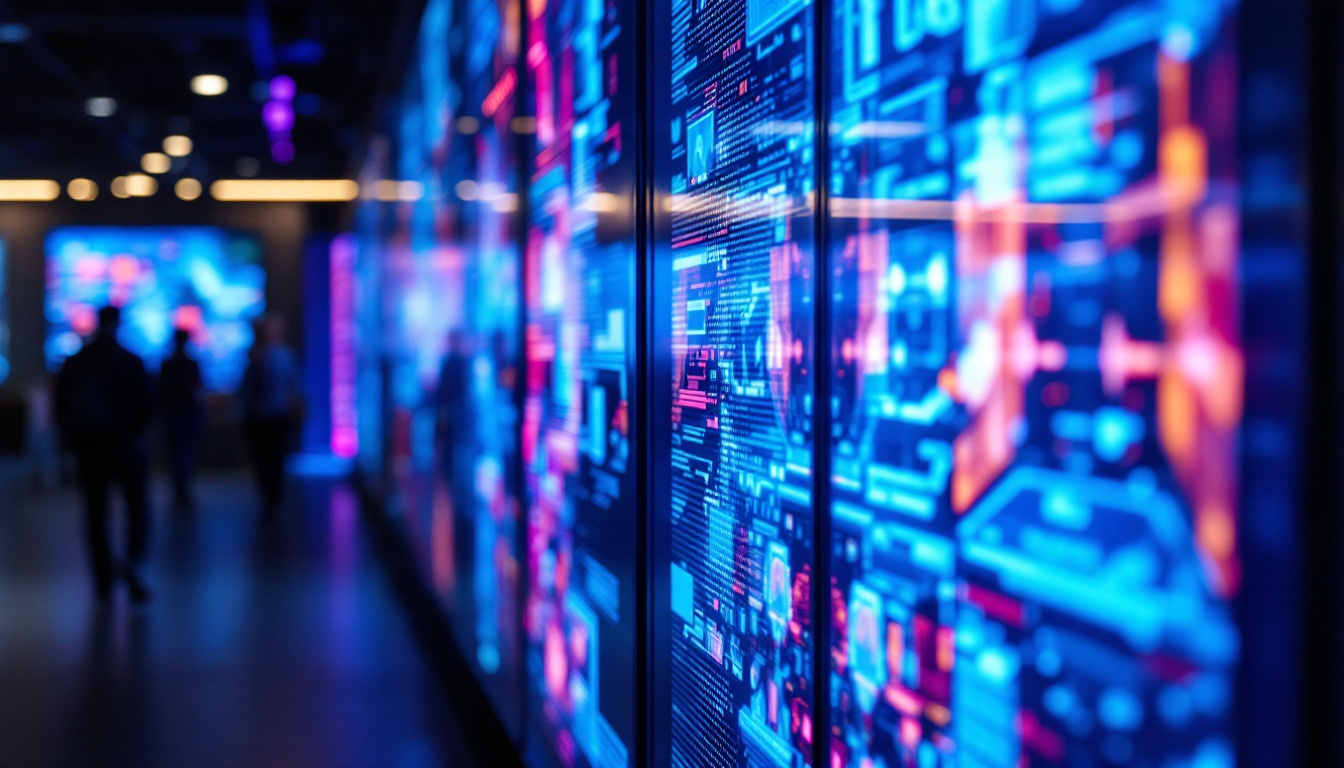In recent years, the demand for LED displays has surged dramatically, driven by technological advancements and a growing preference for energy-efficient solutions. Among the key players in this burgeoning market is China, home to numerous LED light factories that specialize in manufacturing high-quality displays. This article delves into the intricacies of LED displays, the manufacturing processes in China, and the factors contributing to the country’s dominance in this sector.
Understanding LED Displays
LED displays are ubiquitous in modern society, found in everything from billboards and sports arenas to televisions and smartphones. But what exactly are they, and how do they work? At their core, LED displays utilize light-emitting diodes (LEDs) to produce images and videos. These diodes are small, semiconductor devices that emit light when an electric current passes through them.
Components of LED Displays
LED displays consist of several key components that work together to create vibrant visuals. The most critical elements include:
- LED Chips: These are the basic building blocks of the display, responsible for emitting light in various colors.
- Driver ICs: Integrated circuits that control the brightness and color of the LEDs, ensuring accurate image reproduction.
- PCB (Printed Circuit Board): The foundation on which the LEDs and driver ICs are mounted, providing electrical connections.
- Cabinet: The outer casing that houses the display components, often designed for durability and ease of installation.
Understanding these components is essential for appreciating the complexity and functionality of LED displays. Each part plays a vital role in delivering high-quality visuals, making the manufacturing process a meticulous endeavor. For instance, the quality of the LED chips directly affects the brightness and color accuracy of the display, while the driver ICs ensure that the images are rendered smoothly without flickering. Additionally, advancements in PCB technology have led to more compact designs, allowing for thinner displays that do not compromise on performance.
Types of LED Displays
LED displays come in various forms, each suited for different applications. The primary types include:
- Indoor LED Displays: Typically used in venues like shopping malls and conference rooms, these displays are designed for close viewing distances.
- Outdoor LED Displays: Built to withstand harsh weather conditions, outdoor displays are commonly found in advertising billboards and stadiums.
- Transparent LED Displays: These innovative displays allow light to pass through, making them ideal for storefronts and exhibitions.
Each type has unique specifications and performance characteristics, catering to diverse needs in the market. For example, indoor LED displays often have a higher pixel density, resulting in sharper images when viewed up close, while outdoor displays are engineered with robust materials to resist rain, wind, and UV exposure. Transparent LED displays, on the other hand, are revolutionizing retail environments by allowing products behind the screen to remain visible while simultaneously displaying dynamic advertisements. This blend of functionality and aesthetic appeal is driving the adoption of LED technology in various sectors, from retail to entertainment.
The Manufacturing Landscape in China
China has emerged as a global leader in LED display manufacturing, thanks to its robust industrial infrastructure, skilled workforce, and competitive pricing. The country is home to numerous factories that specialize in producing a wide range of LED products, from small screens to large-scale installations. This rapid growth in the sector has been fueled by increasing demand for high-quality visual displays across various industries, including entertainment, advertising, and retail.
Key Factors Driving Manufacturing Success
Several factors contribute to China’s dominance in the LED display manufacturing sector:
- Economies of Scale: With a vast number of factories operating simultaneously, China benefits from economies of scale, allowing for lower production costs and competitive pricing.
- Technological Advancements: Continuous investment in research and development has led to significant improvements in LED technology, enhancing product quality and performance. Innovations such as mini-LED and micro-LED technologies are paving the way for even more advanced display solutions.
- Skilled Labor Force: China boasts a large pool of skilled workers trained in electronics and manufacturing processes, ensuring high-quality production standards. educational institutions and vocational training programs are increasingly focusing on equipping the workforce with the necessary skills to keep pace with technological advancements.
These factors, combined with a favorable regulatory environment, position China as a powerhouse in the LED display market. The integration of automation and smart manufacturing practices has further streamlined operations, enabling manufacturers to respond swiftly to market demands and maintain a competitive edge.
Quality Control Measures
Quality control is paramount in the manufacturing process of LED displays. Chinese factories implement stringent quality assurance protocols to ensure that every product meets international standards. This includes:
- Raw Material Inspection: All materials used in production undergo thorough inspections to verify their quality and compliance with specifications. Suppliers are often required to provide certifications that guarantee the materials meet specific industry standards.
- In-Process Testing: During manufacturing, various tests are conducted to monitor performance and identify any defects early in the process. This proactive approach helps minimize waste and ensures that only the highest quality products proceed to the next stages of production.
- Final Product Testing: Once assembled, each LED display is subjected to rigorous testing to ensure functionality, brightness, and color accuracy. These tests often simulate real-world conditions to guarantee that the displays perform optimally in various environments.
These measures help maintain the reputation of Chinese manufacturers for producing reliable and high-performance LED displays. Additionally, many factories are adopting international quality management systems, such as ISO 9001, to further enhance their quality assurance processes. This commitment to excellence not only boosts consumer confidence but also opens doors to international markets, where stringent quality standards are a prerequisite for entry.
Applications of LED Displays
LED displays have found applications across various industries, transforming the way information is presented and consumed. Their versatility and adaptability make them suitable for numerous settings.
Advertising and Marketing
One of the most prominent applications of LED displays is in advertising. Billboards and digital signage utilize vibrant LED technology to capture the attention of passersby. The ability to display dynamic content allows advertisers to engage audiences more effectively than traditional static displays.
Entertainment and Events
In the entertainment industry, LED displays play a crucial role in concerts, festivals, and sporting events. large-scale LED screens provide audiences with immersive experiences, showcasing live performances and enhancing the overall atmosphere. Additionally, indoor LED displays are commonly used in theaters and auditoriums to present visual content seamlessly.
Corporate and Educational Use
LED displays are increasingly used in corporate environments for presentations, meetings, and training sessions. Their clarity and brightness make them ideal for conveying information in large conference rooms. Similarly, educational institutions leverage LED technology to create engaging learning environments, using displays for interactive lessons and presentations.
Future Trends in LED Display Technology
The LED display industry is continuously evolving, driven by technological advancements and changing consumer preferences. Several trends are shaping the future of this market.
Increased Demand for Energy Efficiency
As sustainability becomes a priority for businesses and consumers alike, the demand for energy-efficient LED displays is on the rise. Manufacturers are focusing on developing products that consume less power while maintaining high brightness and performance levels. This not only reduces operational costs but also aligns with global efforts to minimize environmental impact.
Integration of Smart Technology
Smart technology is increasingly being integrated into LED displays, allowing for enhanced interactivity and connectivity. Features such as remote monitoring, content management systems, and integration with mobile devices are becoming standard. This shift towards smart displays enables businesses to deliver personalized content and improve user engagement.
Advancements in Display Resolution
As consumer expectations for image quality continue to rise, manufacturers are investing in higher resolution displays. Technologies such as microLED and miniLED are emerging, offering improved color accuracy and contrast ratios. These advancements are set to redefine the visual experience, making LED displays even more appealing for various applications.
Challenges Facing the LED Display Industry
Despite its rapid growth, the LED display industry faces several challenges that could impact its future development. Understanding these challenges is essential for stakeholders looking to navigate the market effectively.
Market Saturation
As more manufacturers enter the LED display market, competition is intensifying. This saturation can lead to price wars, which may impact profit margins and sustainability for smaller players. Companies must differentiate themselves through innovation and quality to thrive in this competitive landscape.
Supply Chain Disruptions
The global supply chain has faced significant disruptions in recent years, affecting the availability of raw materials and components needed for LED display production. Manufacturers must develop resilient supply chain strategies to mitigate risks and ensure consistent production levels.
Regulatory Compliance
As environmental regulations become stricter, manufacturers must adapt their processes to comply with new standards. This may involve investing in cleaner technologies and sustainable practices, which can be costly but necessary for long-term viability.
Conclusion
The LED display industry is a dynamic and rapidly evolving sector, with China at the forefront of manufacturing innovation. As technology continues to advance, the applications for LED displays will expand, offering new opportunities for businesses across various industries. While challenges exist, the potential for growth and development remains significant.
Understanding the intricacies of LED displays, their manufacturing processes, and the trends shaping the industry is essential for stakeholders looking to capitalize on this exciting market. With a commitment to quality, innovation, and sustainability, the future of LED displays looks bright.
Discover LumenMatrix’s Innovative LED Display Solutions
As you consider the future of LED displays and the transformative impact they have on various industries, LumenMatrix invites you to explore our comprehensive range of LED display modules. With a commitment to innovation and quality, we offer solutions that include Indoor LED Wall Display, Outdoor LED Wall Display, Vehicle LED Display, and more, all designed to elevate brand visibility and create immersive visual experiences. Join us in revolutionizing visual communication and see how our cutting-edge digital signage and LED display solutions can enhance engagement for your business. Check out LumenMatrix LED Display Solutions and empower your brand with clarity and impact.

